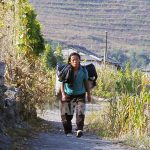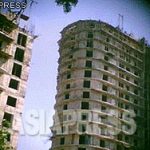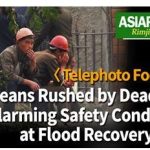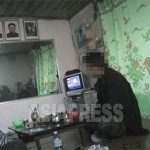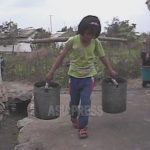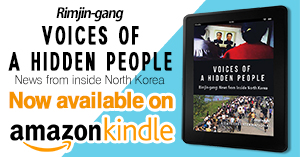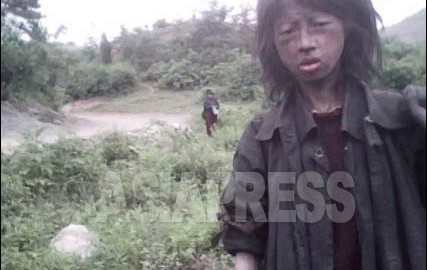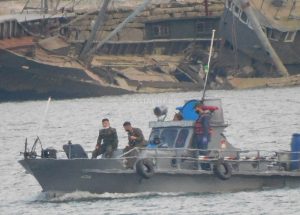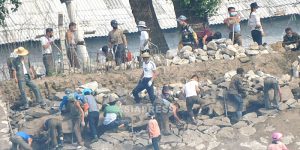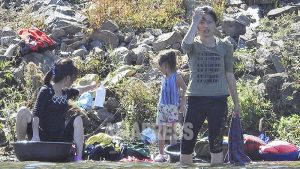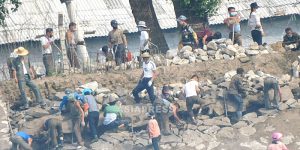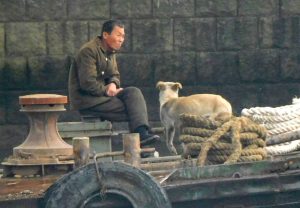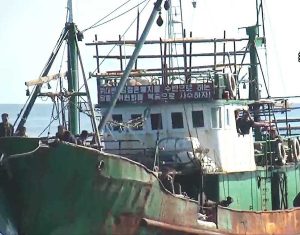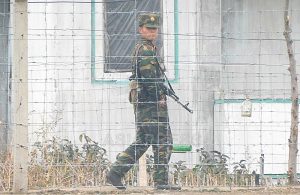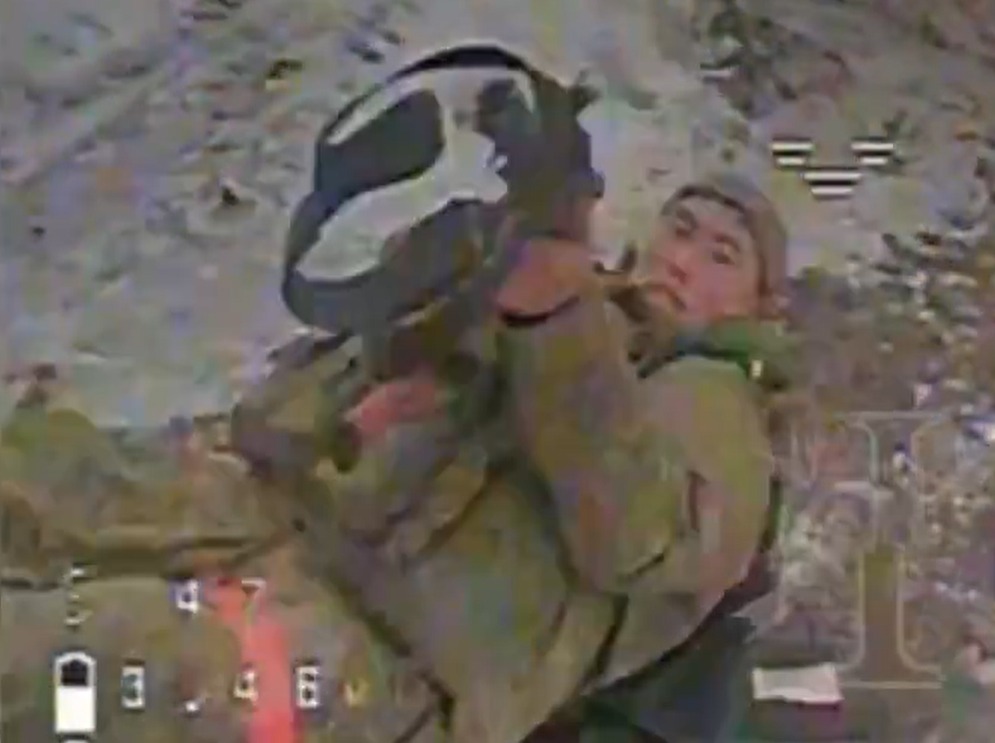
South Korean and Ukrainian authorities estimate that about 12,000 North Korean troops have been deployed to Russia, with casualties exceeding 3,000. The elite "Storm Corps" is known to be at the core of this deployment. Japanese and Korean media often emphasize their superhuman physical abilities. However, reports from Russian battlefields suggest questions about their elite status, with stories of drunkenness and easy deaths from drone attacks. What exactly is the "Storm Corps"? A North Korean defector journalist who served in the Storm Corps explains based on their experience. (By KANG Ji-won)
Elite Status, Party Membership Guarantee... An Object of Desire
I joined the Korean People's Army in the late 1990s. In North Korea, men typically enlist at age 17 after graduating from high school. While there are physical examinations and interviews, almost all graduates join the military unless they enter university or vocational school.
When people think of the "Storm Corps," they often picture videos of strong soldiers breaking tiles or tearing apart chains wrapped around their bodies. However, this is merely a "show" for external appeal. Despite being a special forces unit, Storm Corps soldiers are not much different from regular soldiers. They are simply selected for their health and physical robustness.
However, the Storm Corps is also an object of desire for young people seeking to enlist, for several reasons. First, there is a social perception that they are an elite group with superior combat skills and physical abilities. They also receive relatively better meals than other units. Additionally, at that time, there were "benefits" such as guaranteed membership in the Workers' Party of Korea after discharge and the possibility of receiving university admission recommendations.
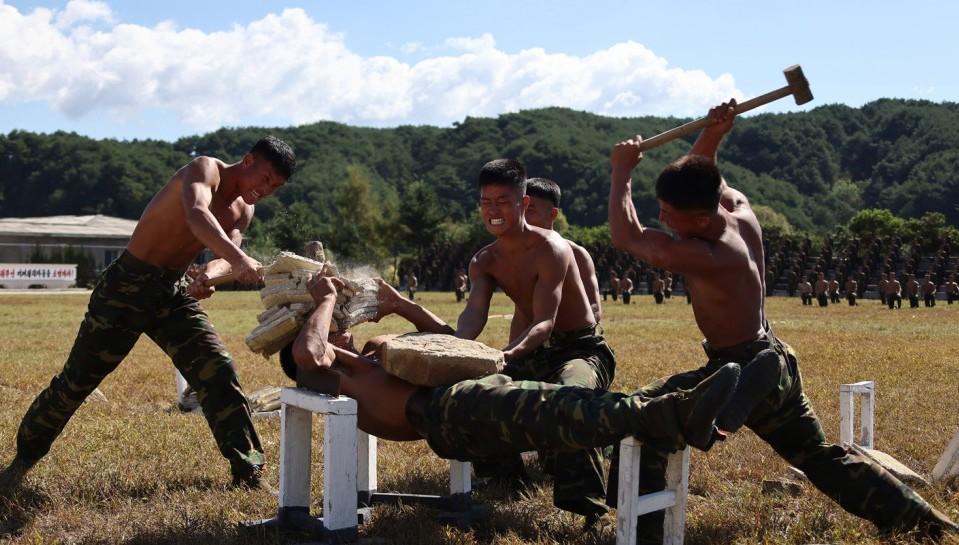
In other words, most Storm Corps members are young people from farming and general working-class families who dream of "class transformation" and university admission through special forces service.
*Note class transformation: North Korea is a class-based society. Agriculture, in particular, is considered the lowest-tier occupation with poverty and closed opportunities for advancement. If born into a farming family, one must spend their entire life, generation after generation, as a farm worker.
When I enlisted, combat movies like "Hong Gil-dong" and "Order 027" were popular, so I volunteered for the Storm Corps because I could learn actual combat skills and brag about it to my friends. Other new recruits that year had reasons like being able to fly in planes and getting into university. When we received our special forces assignments, we cheered and celebrated with our fellow recruits.
Disappointment with Parachute Training from Steel Towers
The Storm Corps' main purpose is rear area disruption. They are supposed to conduct bombing, kidnapping, and assassination missions behind enemy lines.
However, the training reality was far from this.
My first assignment was to the 58th Brigade Airborne Unit in North Hwanghae Province. While it was an airborne unit, I was disappointed when commanders pointed to what looked like a transmission tower for parachute training.
Less than 5% of North Korea's population will ever fly in an airplane. Even my parents, who opposed my joining special forces, expressed a desire to fly once. However, in energy-scarce North Korea, training from steel towers was the reality.
We trained jumping from 150m high steel towers. Some soldiers wet themselves from fear, requiring 2-hour breaks for washing uniforms. Once a year, we had training jumping from 800m in actual aircraft. However, in our first airborne training, 2 out of 350 soldiers died from falls.
We also experienced various other training like forced marches, physical conditioning, and pressure training. Learning to endure beatings was particularly difficult - after receiving group beatings, we had to return to designated locations. The brutality led some to suicide.
